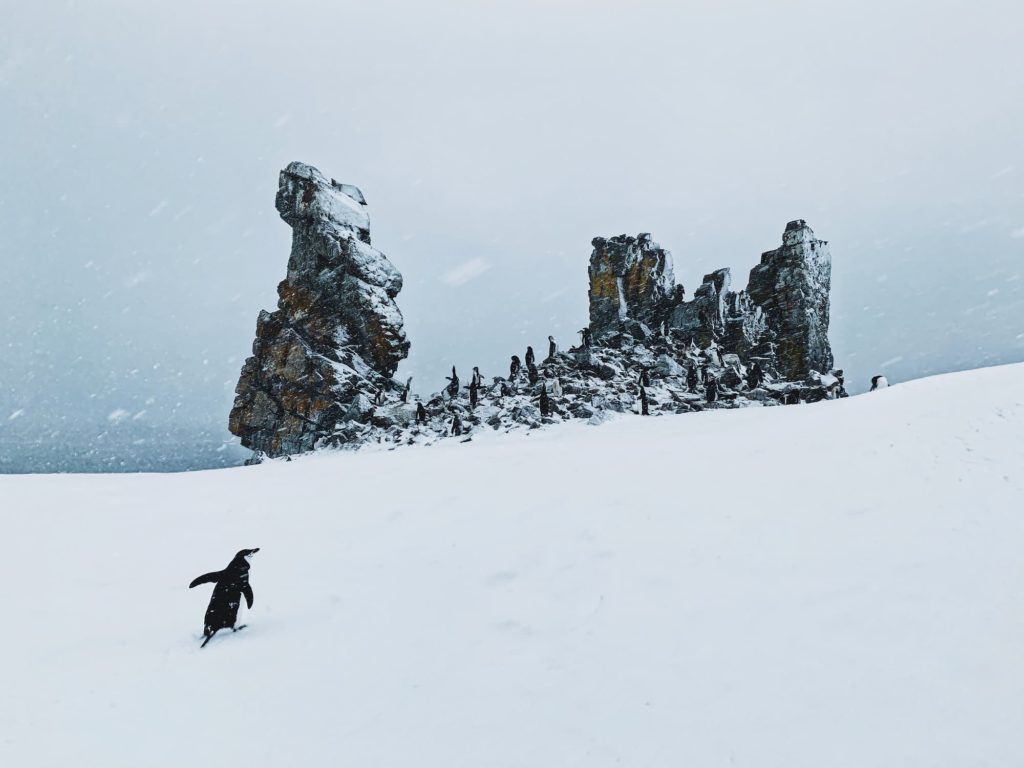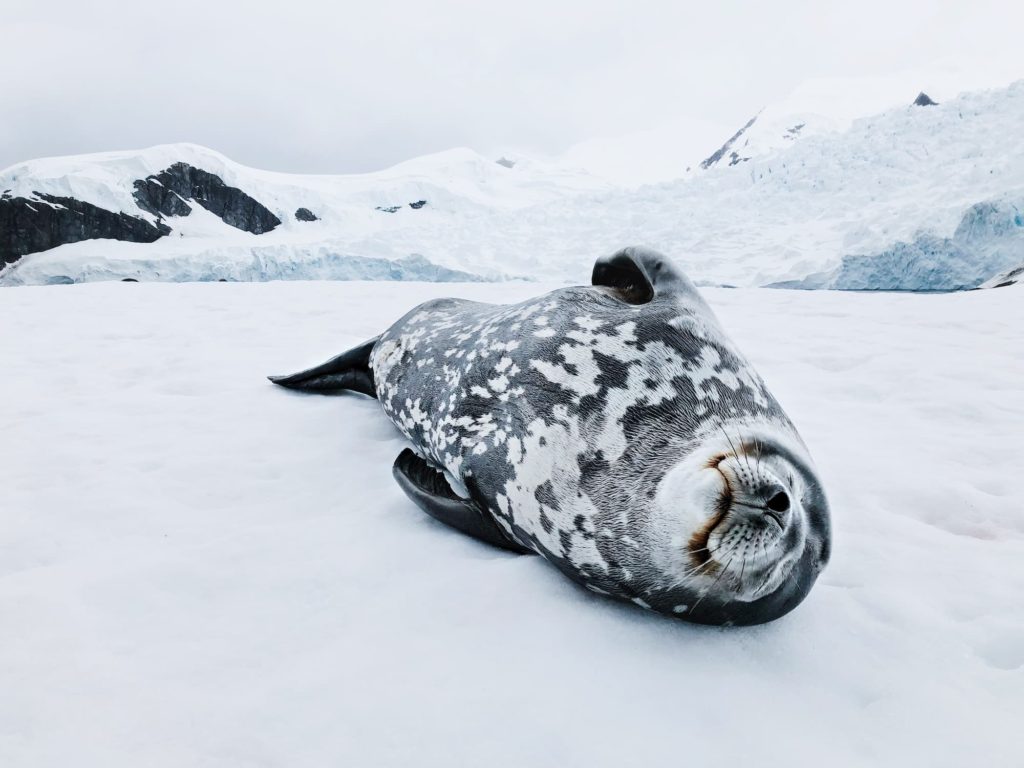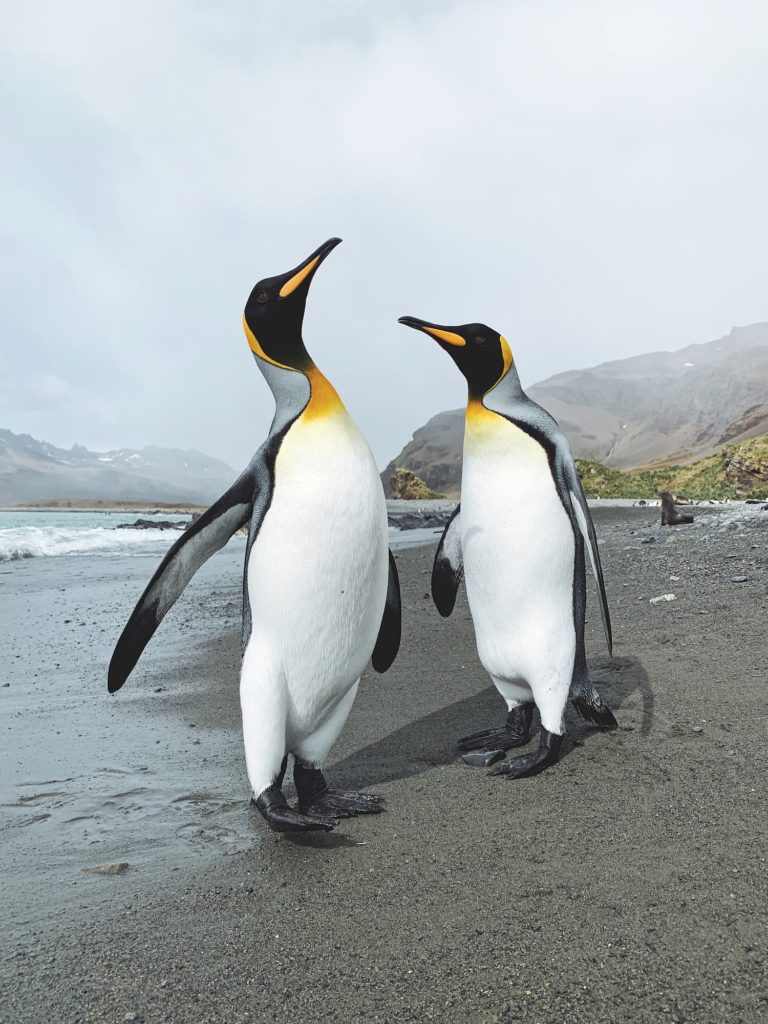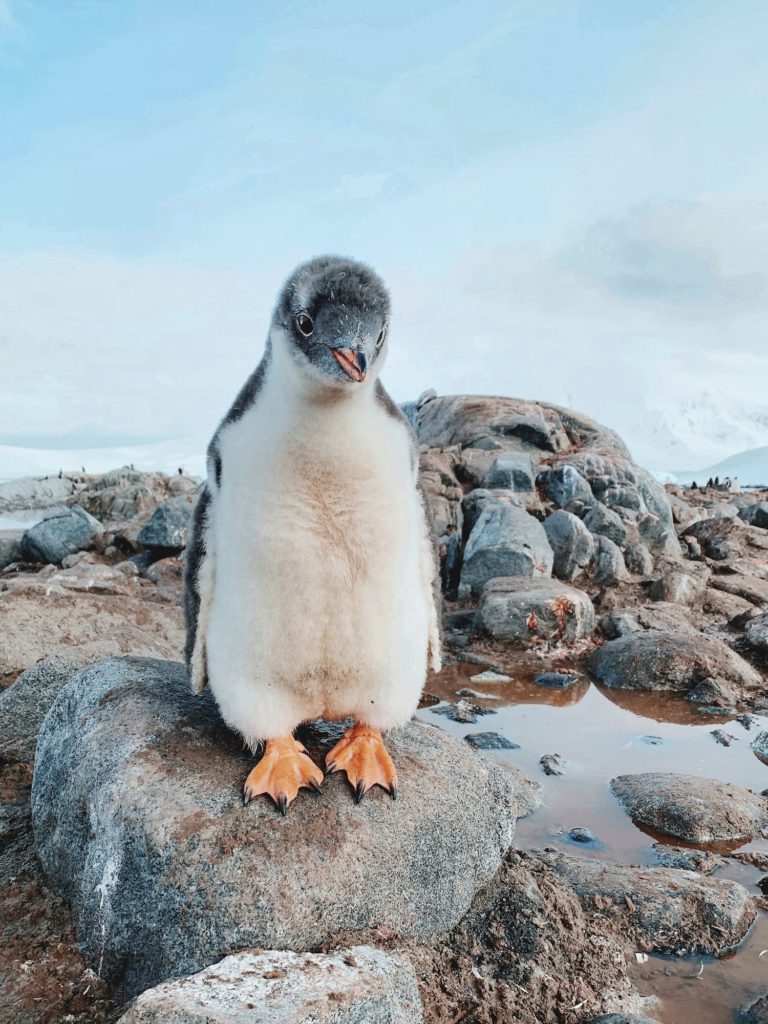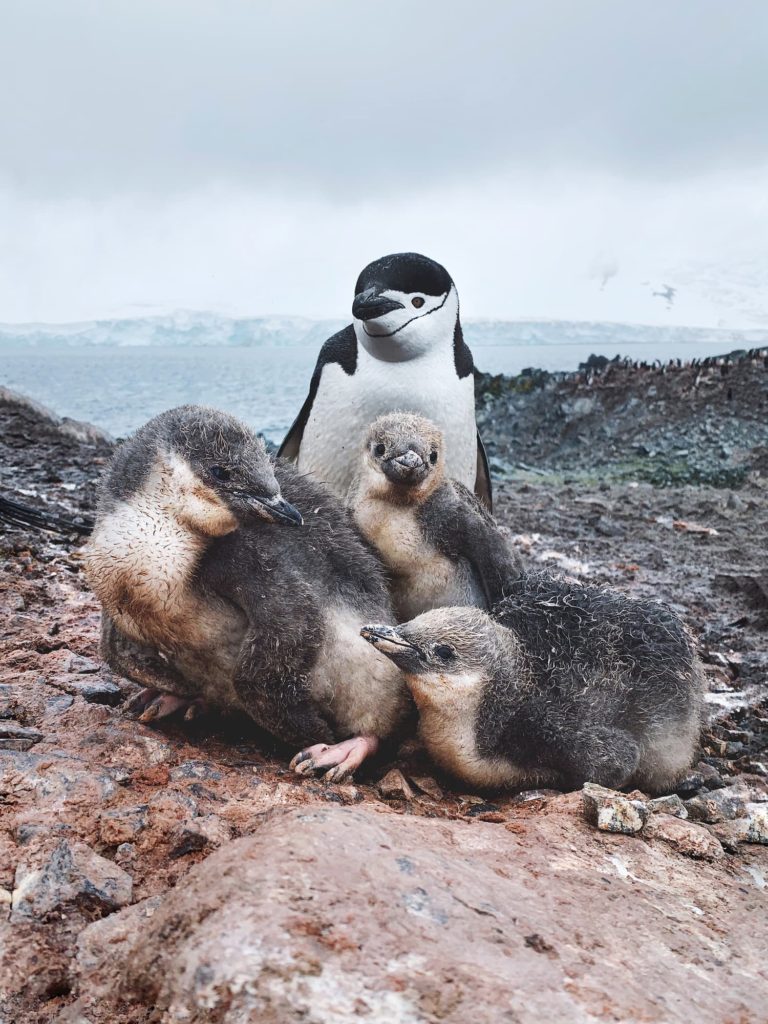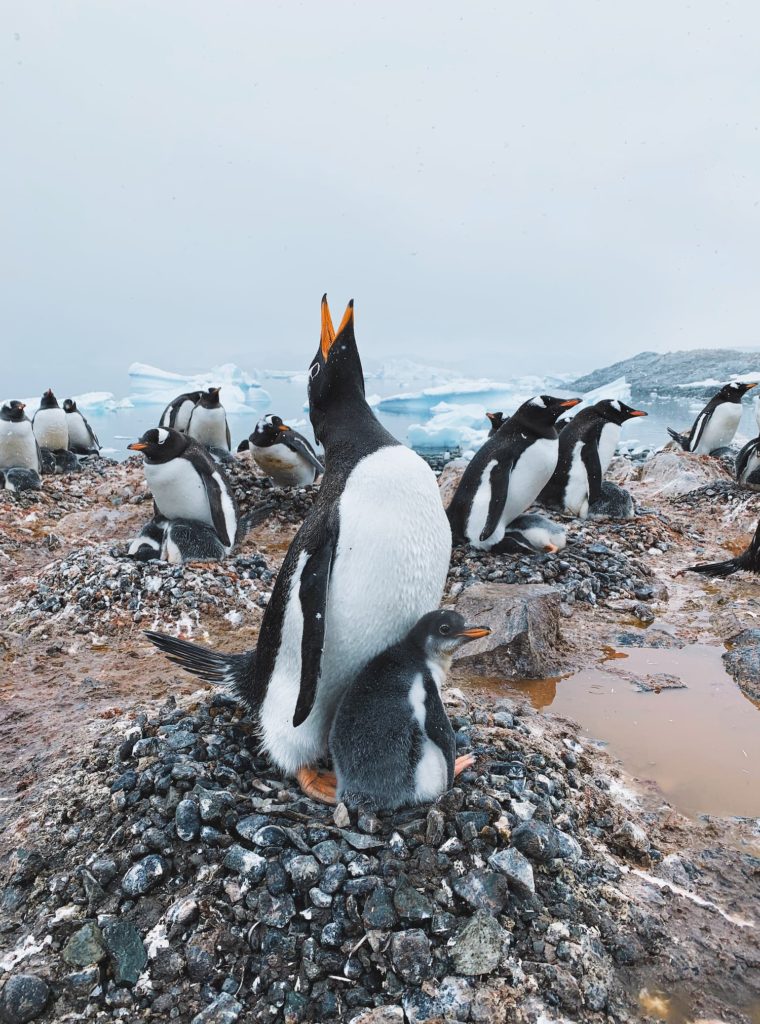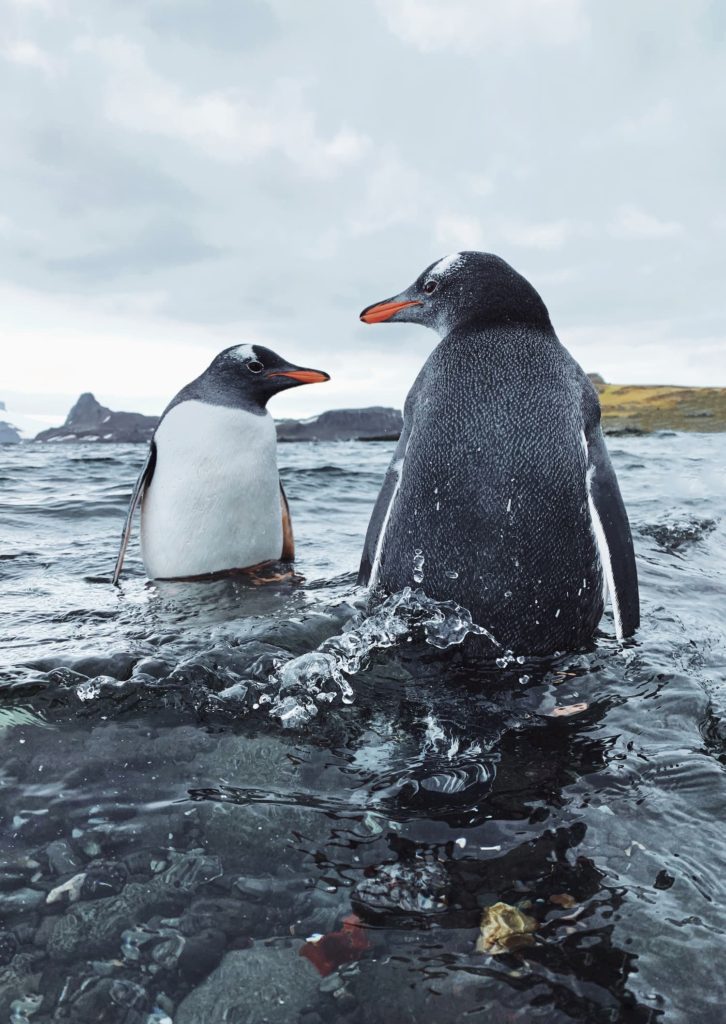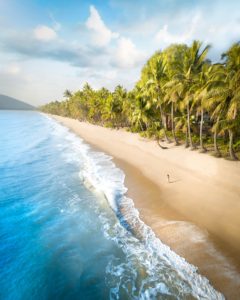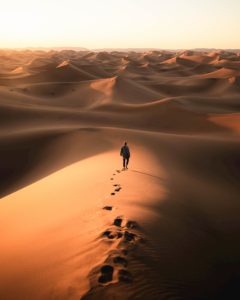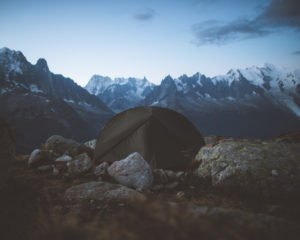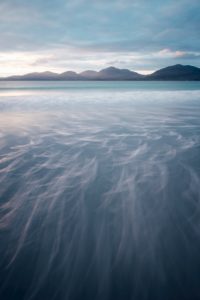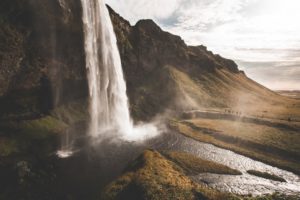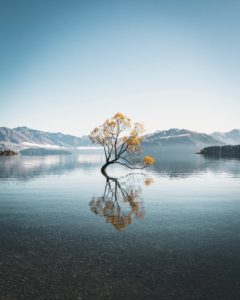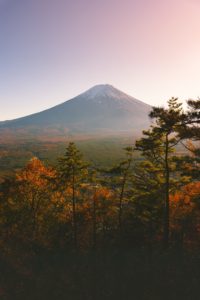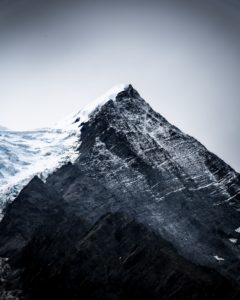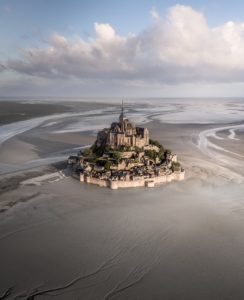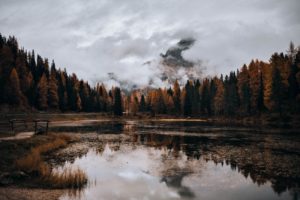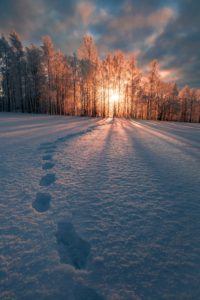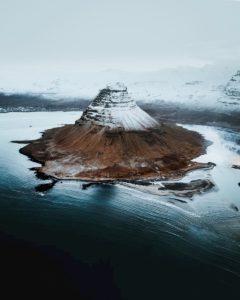
John Bozinov
@johnbozinov
Polar expedition photographer based in New Zealand
Introducing John Bozinov
John discovered the photography darkroom at his university in 2011, after which he started to develop and print photos ‘just for fun.’ Soon he found himself spending all of his free time either shooting or printing his photographs. He turned his passion into a job after a few years, searching for his speciality. Because of his travels he discovered that he was perfectly suited for travel photography in cold climates. He got the chance to visit and photograph the New Zealand Subantarctic Islands with a scholarship: “After feeling lost for a few years without any real direction I’d finally discovered something that I really wanted to pursue, something that I felt I’d be good at”, John said. Now, four years later, he regularly works on an expedition vessel, gives photography lectures and documents his travels in the polar regions.
For many people visiting Antarctica seems an impossible dream, as it was for John. It wasn’t until he received that scholarship that he learned about the industry he is now working in and saw an attainable path to work in the polar regions, which he followed with determination. He catched what is called the ‘polar bug’, motivating him to continue sharing the beauty of these seldom visited places. One of his most precious moments is when he was in a boat around Bellany island and suddenly a penguin dove into the water, swam over and jumped into the boat. Of course this is now also one of his favorite photos.
If there’s anything John learned over the years during his career and experiences it’s that living with less makes him happier and how severe the consequences of climate change are, especially because the poles are more heavily affected than anywhere else on Earth. With regard to photography, he learned that gear is unimportant: “You’re better off spending your income on a plane ticket to take photos on your smartphone somewhere interesting and building your portfolio, than you are spending that money on the latest camera and taking photos in your backyard.”
You might have a hard time imagining spending lots of your time on a boat in a cold climate and being so connected to a disconnected part of the world. Well, John talks about it all in the interview!
Interview
Welcome John! You are a photographer and educator based in Wellington, New Zealand. Can you tell us something about the journey you’ve made to reach this point? Where did your passion start and how did it develop over time? And also, what’s your educator part about?
I think it’s easy to look at established photographers and simply see the end result of their careers leading you to think they always had things figured out from the start. In truth my journey up to this point hasn’t been particularly linear and in some ways I found myself here by accident. I started out around 2011 playing with plastic toy film cameras in the photography darkroom at my university just for a bit of fun. The darkroom by this stage was well past its heyday but still filled with the all necessary equipment to develop and print black and white film photographs. Anybody who’s been through this experience knows how addictive the process can be and it had me hooked to the point where I was spending all of my free time either shooting or printing my photographs.
"This passion grew into a bit of an addiction and after a few years I decided to take the step of working as a photographer professionally."
I tried my hand at various forms of portraiture, from headshots to fashion editorial work but quickly realised I wasn’t naturally suited to this line of photography, nor was I particularly good at it. Around the same period I had started shooting with digital cameras, particularly my iPhone, while travelling and taking photos on road trips during the winter months around New Zealand and various spots in northern Europe. To my surprise my Instagram account began to gain traction through this imagery and I was slowly falling in love with the process of travel photography in cold climates. After a few years of this and building a portfolio I applied for a scholarship to visit and photograph the New Zealand Subantarctic Islands which I was fortunate to get.
"After feeling lost for a few years without any real direction I’d finally discovered something that I really wanted to pursue, something that I felt I’d be good at."
A few weeks later I was offered my first contract to work on an expedition vessel in Antarctica which was the beginning of my polar career. That was a little over 4 years ago; I now work regularly on these ships, giving photography lectures and documenting our voyages in the polar regions.
You focus your photography career on capturing and documenting the polar region as you spend several months per year in and around Antarctica/the north pole/the Arctic . What brought you there for the first time, what makes you keep coming back and what is your mission/objective with your polar expeditions and photography?
Relative to most of the planet, New Zealand is quite close to the Antarctic continent and it has a significant impact on both our climate and ecosystem, so I guess in some ways Kiwis have a stronger connection to Antarctica than most. I had always been interested in visiting but it felt like an impossible dream. It wasn’t until I received a scholarship to visit the New Zealand subantarctic islands on an expedition vessel that I learned about the industry I’m now working in and saw an attainable path to visit and work in the polar regions.
It’s often said those that visit these regions catch the ‘polar bug’ – essentially a deep appreciation and passion for the poles which keeps them coming back, and this is certainly something I’ve felt since my first time visiting Antarctica in January of 2016.
We are curious about what your trips look like, as it is hard to imagine for let’s say ‘an outsider’. Living on a boat, in a very cold climate with different daily light/dark rhythms an no trees around you… Not sure how we would handle that! How do you spend your days (on the boat) and how do you deal with all these drastic differences compared to your life back in New Zealand?
The way we spend our time on board varies depending on whether we’re spending the day at sea sailing or if we’re landing and doing activities ashore. Typically I spend sea days working through and editing my photos, and the majority of days on shore are spent driving zodiacs and taking photos. The climate doesn’t really bother me so much because I’ve always been well suited to winter climates and I have a high tolerance for the cold, but the daylight really messes with my hormones. Living in perpetual daylight is quite confusing for my body and I often find myself staying up well after midnight without realising the day has already passed.
As not that many people get to visit the places that much up north, you are one of the few that actually really knows about how life is over there, including the nature, the sea, and the animals. How is it to be able to experience, capture and share all this, something that is kind of unimaginable for others?
Getting to spend so much time in the polar regions is nothing short of a privilege, although in some ways it’s difficult for me to grasp just how special or unique my experience is. For the last few years I’ve spent the majority of my time at the poles and for me it has become my new ‘normal’. It’s not really until I come home and talk to friends and family, or share my work online that I get reminded of how fortunate I am to see these parts of the world so intimately.
Talking about that, it makes me wonder how it is for you to be so connected to a disconnected part of the world, while being disconnected as well from your friends and family back home for most of the year?
In truth it can be incredibly difficult and this is the hardest part of the job. Humans are social animals and maintaining close relationships with our loved ones is important for our health and wellbeing. I don’t think most of us realise this until we’re in a situation where this isn’t possible. Fortunately those close to me understand my circumstances and are very supportive of my work.
I imagine that for a long term stay in the polar regions, you need to be equipped with some specific material. What do you bring with you in terms of clothing and gear? And do you need any specific gear or settings to capture the environment at its best (even though your Iphone seems to be quite functional here!)?
We often think of the polar regions as being perpetually cold, and while this is true in a relativistic sense, the temperatures in the summer months are quite mild. I always wear merino wool base layers, sometimes doubling up on particularly cold days. After that I wear various woollen sweaters or down jackets for insulation and then a waterproof layer on top of that. Staying dry is the most important step in keeping warm. My photography equipment doesn’t typically need any special attention unless it’s out for more than an hour or so, and the iPhone usually functions just fine.
Would you like content like this sent to your inbox?
Climate change is a topic we hear about every day, and the consequences are noticeable everywhere. How does it impact the polar regions? What changes have you been noticing and what do you do yourself to reduce your personal footprint?
The poles are being affected more severely by climate change than anywhere else on earth, this is particularly damaging on an environment largely composed of ice where the difference of just a few degrees can simply melt a large part of the landscape. We’re witnessing glacial retreat and a reduction in wildlife numbers at many places at the poles. Many of these animals are struggling in an environment which is changing more quickly than to which they can adapt. On a personal level I reduce my use of disposable single-use items where possible. Although the most significant change we can make to reduce our carbon footprint is to change our diet – specifically by reducing our consumption of meat, or better yet, by transitioning to a vegetarian or vegan diet.
"Animal agriculture (particularly methane produced by cows) is the single most damaging aspect contributing to the climate crisis."
Besides your work in the polar regions you have done different photography genres for a variety of brands. Do you have a favorite type of photography after capturing the Arctic? Where are you aiming at in your photography career in terms of shooting different genres, brands, adventures, etc.?
Not really to be honest. Documenting the poles has become my priority over the last few years and I don’t currently have any aspirations to shift my focus into other genres or working with particular brands. The only exception to this would be promoting brands who I believe are working to make the world a better place.
What has been your most remarkable experience in your photographic adventures so far? What made it so special?
I’ve been fortunate to have some incredible experiences over the last few years, but the one which sticks out happened only a few weeks ago in the Ross Sea. I was driving a Zodiac (a small inflatable boat with an outboard motor on the back) around Bellany island which is home to the southernmost colony of chinstrap penguins anywhere on the planet. I was a few kilometres from the colony without a single penguin in sight when I heard one calling out loudly in the water. I’ve spent hundreds of hours around these animals and this behaviour is quite unusual, so I decided to drive a little closer to investigate. The penguin then dove deep into the water, swam over and jumped into my boat. He sat with us for a few minutes, preening its feathers, before it decided to jump back into the water and leave. I doubt anything like this will ever happen to me again.
As a photographer, I am sure that you feel attached to all your photos. All your pictures represent unique moments of your life. However, among your works, what is your favorite photo? What makes this your favorite one?
This is difficult to answer, but generally speaking those photos which are the most difficult to capture are usually my favourite. Most people aren’t familiar with the polar regions so for them it’s not always obvious which photos these are.
"Here are a few examples of these rare images that I’ve been very fortunate to get."
What is the most beautiful thing that travel has taught you?
How living with less is so much better than living with excess. I used to think the acquisition of material objects was a means to long term happiness, in truth I now believe the opposition to be true. The less I own the happier I am.
Nowadays we see so many young talented artists pursuing a career as a full time travel/landscape photographer, many of them having a particular enthusiasm for cold climates and a desire to explore the arctic. What four pieces of advice would you give them to realize this?
First and foremost build a great portfolio. Nobody cares where you studied photography or what kind of photography qualifications you have. The work you create shows your competence as a photographer. Secondly, your gear is unimportant. You’re better off spending your disposable income on a plane ticket to take photos on your smartphone somewhere interesting and building your portfolio, than you are spending that same money on the latest camera and lenses and then taking photos in your backyard.
